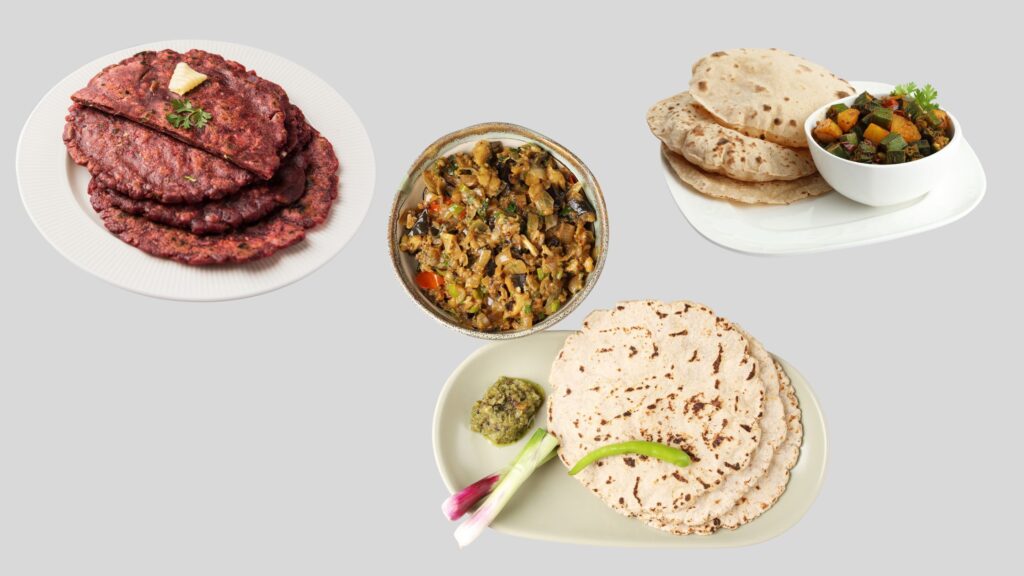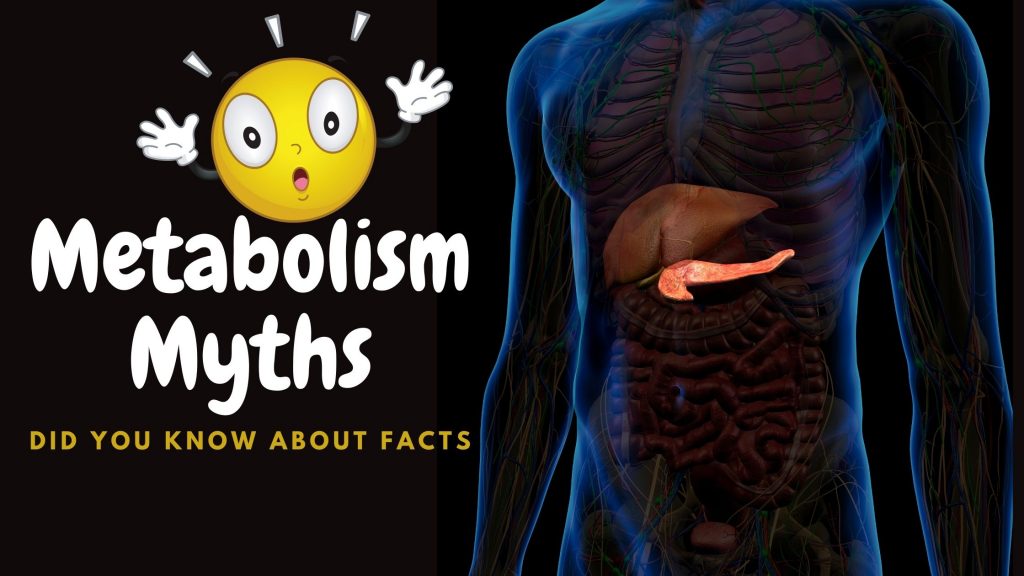Roti, or Indian bread, is a staple in Indian cuisine, often paired with vegetables, curries, or lentils. While wheat rotis are the most common choice, ragi and jowar rotis are gaining popularity due to their potential health benefits. These alternatives are rich in nutrients like protein, dietary fiber, calcium, iron, B vitamins, and vitamin C. Both ragi and jowar are high in fiber and minerals, and may help control blood sugar, increase satiety, and manage weight. But how do you decide which roti is the healthiest option for you? Let’s dive deeper into ragi, jowar, and wheat rotis to find out!
What is Ragi?
Ragi, also known as finger millet (Eleusine coracana), is a highly nutritious grain that has been consumed for centuries in parts of Africa and South Asia, especially in India. It is packed with fiber, minerals, and essential amino acids, making it a healthier alternative to refined grains like white rice. Ragi can be used to make various foods such as noodles, pasta, vermicelli, and sweets. According to a study published in Advances in Food and Nutrition Research, ragi may help lower blood sugar, reduce cholesterol, and even aid in wound healing.
Pros of Ragi Roti
-
Aids in Weight Loss
Ragi is high in dietary fiber, which helps keep you full for longer, reducing appetite and preventing overeating. A study in the Journal of Food Science and Technology states that ragi’s complex carbs digest slowly, providing a steady energy release and minimizing blood sugar spikes. This helps control hunger and reduce cravings. Ragi is also a low-calorie grain, making it ideal for those maintaining their weight. -
Promotes Heart Health
Ragi contains a high amount of dietary fiber, which helps control cholesterol levels and lowers the risk of heart disease. The antioxidants in ragi protect the heart from oxidative damage, according to research published in Advances in Food and Nutrition Research. Its fiber content can also help reduce blood pressure, another significant risk factor for cardiovascular disease. -
Controls Blood Sugar Levels
Ragi’s complex carbohydrates break down slowly, limiting rapid spikes in blood glucose levels, making it suitable for diabetics or anyone looking to control their blood sugar levels. The fiber in ragi further aids in reducing glucose absorption, resulting in more stable blood sugar levels, as found in a study published in Cureus.
Cons of Ragi Roti
- High in calcium, which may cause issues for those with kidney stones if consumed excessively.
- Contains goitrogens that may interfere with thyroid function in large quantities.
- May cause bloating or gas due to its high fiber content.
What is Jowar?
Jowar, or sorghum, is a type of cereal grain widely cultivated in India and other parts of the world. It is naturally gluten-free and rich in dietary fiber, protein, iron, calcium, and vitamins. Jowar has a slightly nutty flavor and is versatile in various dishes, including rotis, porridges, salads, and baked goods. According to a study in Miraculous Millets, jowar is beneficial for heart health, digestion, and weight management.
Pros of Jowar Roti
-
Helps in Weight Loss
Jowar is an effective grain for weight management due to its high fiber content, which keeps you fuller for longer, reducing cravings and limiting overeating. It contains complex carbs that provide sustained energy while minimizing blood sugar fluctuations, as noted in Food Research International. Jowar is also low in calories, making it a smart choice for those aiming to control their weight. -
Rich in Nutrients
Jowar is a good source of vitamins, minerals, and antioxidants, including iron, calcium, magnesium, B vitamins, and fiber. It provides moderate protein, making it a great option for vegetarians and vegans. -
Gluten-Free
Jowar is naturally gluten-free, which makes it suitable for individuals with celiac disease or gluten sensitivity. Gluten, a protein found in wheat, barley, and rye, can trigger an autoimmune response in those with celiac disease.
Cons of Jowar Roti
- Some people may experience bloating or gas, especially if not accustomed to high-fiber foods.
- Rarely, some individuals may have an allergy to sorghum, leading to symptoms like hives, itching, or digestive discomfort.
What is Wheat?
Wheat is a cereal grain that has been a dietary staple for thousands of years. It is used to make bread, pasta, cakes, and pastries. Wheat is rich in carbohydrates, protein, and fiber, and also contains vitamins and minerals like iron, zinc, and B vitamins.
Pros of Wheat Roti
-
Rich in Fiber
Whole wheat roti is high in fiber due to the bran and germ layers present in whole wheat flour, which contain both soluble and insoluble dietary fiber, as reported in Nutrients. -
Beneficial for Heart Health
Wheat is particularly beneficial for heart health because it contains fiber that can help reduce cholesterol levels, a major risk factor for heart disease. Whole wheat also contains antioxidants that protect the heart from oxidative damage, as highlighted by experts. Including whole wheat products like roti in your diet can help improve heart health and lower the risk of cardiovascular disease.
Cons of Wheat Roti
- Contains gluten, which can cause digestive issues for those with celiac disease or gluten sensitivity.
- Overconsumption of wheat products, especially refined wheat, can lead to weight gain due to high carbohydrate content.
- Some individuals may be allergic to wheat, experiencing symptoms like itching, hives, or gastrointestinal issues.
Ragi vs Jowar vs Wheat Roti: Which is the Healthiest?
To determine the healthiest option, let’s compare ragi, jowar, and wheat rotis based on their nutritional value, gluten content, and benefits.
1. Nutritional Value
- Ragi: High in calcium, iron, and fiber; great for managing blood sugar, heart health, and weight loss.
- Jowar: High in fiber and antioxidants; excellent for digestion, heart health, and people with gluten intolerance.
- Wheat: Rich in fiber and nutrients; good for sustained energy and heart health, but not suitable for those with gluten issues.
2. Gluten Content
- Ragi and Jowar: Both are gluten-free, making them ideal for people with gluten intolerance.
- Wheat: Contains gluten, which is not suitable for individuals with celiac disease or gluten sensitivity.
3. Weight Loss
- Ragi and Jowar: Both are better options for weight loss due to their higher fiber content and lower glycemic index compared to wheat. They help maintain fullness for longer, reducing overall calorie intake.
Conclusion: Which Roti Should You Choose?
Choosing the healthiest roti depends on your individual health needs and dietary restrictions. Here’s a quick breakdown:
- If You Want to Lose Weight or Manage Blood Sugar: Opt for ragi or jowar roti. Both have a low glycemic index and are high in fiber, which helps in weight management and maintaining steady blood sugar levels.
- If You Have Gluten Intolerance or Celiac Disease: Choose jowar or ragi roti, as both are naturally gluten-free and safe for those with gluten sensitivities.
- If You’re Looking for a Nutrient-Rich Staple: All three options – ragi, jowar, and wheat – provide valuable nutrients, but ragi and jowar have a slight edge for those looking to enhance heart health and manage weight.
Ultimately, incorporating a variety of whole grains in your diet can offer a broader spectrum of nutrients and health benefits. Mix up your choices based on your dietary needs and health goals to enjoy the best of all worlds!
By considering your individual needs and preferences, you can make an informed choice that suits your health and lifestyle. Happy eating! 🥘



